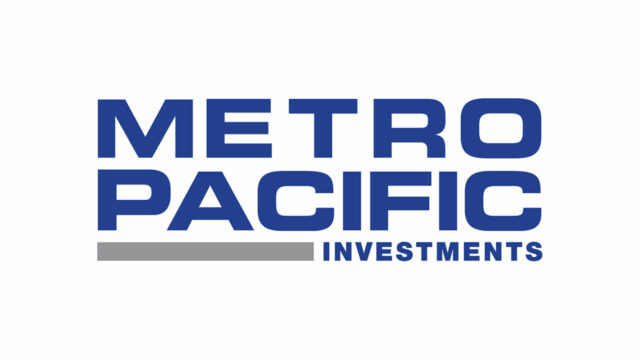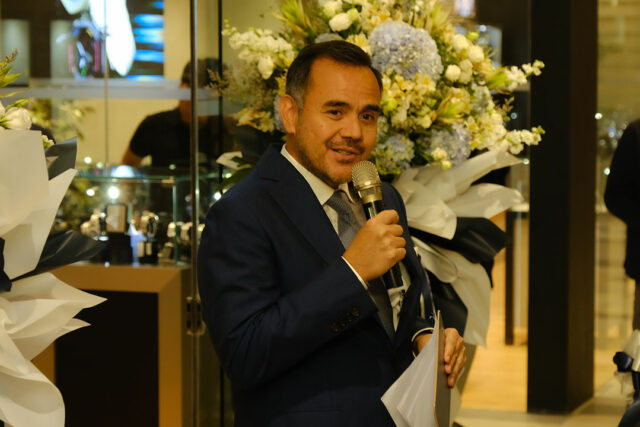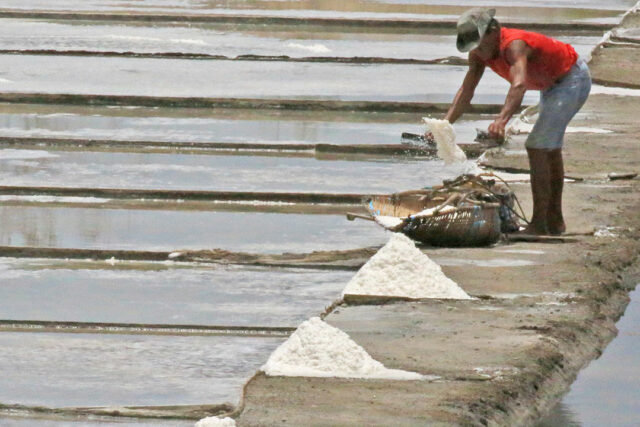The struggles and progress towards gender equality in the workplace
In the early 20th century, women encountered substantial difficulties entering the workforce due to societal norms and gender-based expectations that restricted their professional growth and limited them to domestic duties. Merits, an open access peer-reviewed journal, revealed that the prevailing belief that women were less capable than men in professional settings perpetuated gender inequality.
Since then, women have been breaking down barriers in traditionally male-dominated industries, paving the way for future generations, setting up successful businesses, and ascending to leadership positions in companies and governments across the world.
According to United Nations (UN) Women, legal frameworks, such as anti-discrimination laws and affirmative action policies, have paved the way for greater gender diversity in various industries. Women now represent a substantial portion of the global workforce, holding positions across diverse sectors, including science, technology, engineering and mathematics (STEM); finance; politics; and entrepreneurship.
Globally, a data from the World Bank indicated that more girls are attending school and completing higher levels of education than ever before. In some regions, the gender gap in education has narrowed significantly, with girls outperforming boys in academic performance in certain subjects.
The “Women in the Workplace 2023” report by McKinsey & Company and LeanIn.Org, also revealed that women’s representation in the C-suite has reached its highest level ever, showing encouraging gains at the top levels of organizations.
Furthermore, entrepreneurship rates are high among women in lower- and middle-income countries where job options are limited, highlighting the link between employment and entrepreneurship, based on the latest report from the Global Entrepreneurship Monitor.
Meanwhile, the Philippines achieved the 19th position out of 146 countries as a gender-equal country in the world in the “2022 Global Gender Gap Index” report by the World Economic Forum (WEF). The “Gender Gap Index” measures gender equality based on the economic participation and opportunity, educational attainment, health and survival, and political empowerment, and the Philippines has long been considered as the top gender-equal nation in Southeast Asia.
According to a report conducted by World Bank, the Philippine government is taking steps to increase female participation in the labor force by promoting policies supporting flexible work arrangements, addressing gendered social norms, and enhancing childcare support.
For instance, the Philippine Magna Carta for Women, officially known as Republic Act 9710, aims to eradicate discrimination against women and bridge the gender gap in various sectors. One of the key provisions of this law is to ensure that women have equal access and opportunities in education, employment, and all aspects of society. The Act recognizes and affirms the important role of women in nation-building, promotes their empowerment, and ensures that men and women have equal rights and opportunities.
As per the Asian Development Bank, the government has initiated Women’s EDGE Plan, which consists of policy studies, pilot projects, technical services and resources to support the economic empowerment and advancement of women across various sectors.
Similarly, the Philippine Commission on Women (PCW) has developed sector plans and national development strategies to ensure the mainstreaming of gender equality across all government agencies. These efforts are being executed through the Philippine Plan for Gender-Responsive Development 1995-2025 and the Women’s Empowerment, Development, and Gender Equality Plan for 2013-2016.
The persistent challenges
Despite the progress towards gender equality, women still face challenges and disparities globally and locally. According to the UN Women’s report on “Progress on the Sustainable Development Goals: The Gender Snapshot 2023,” approximately one in every ten women worldwide lives in extreme poverty. If the trend persists, an estimated 8% of the global female population, totaling 342.4 million women and girls, will still be living on less than $2.15 a day by 2023.
In terms of employment, gender bias remains a pervasive issue in many workplaces. Women often encounter stereotypes and discriminatory attitudes that undermine their professional credibility and opportunities for advancement. According to the World Bank’s “Women, Business and the Law 2023” report, over 2.7 billion women worldwide are legally restricted from accessing the same job opportunities as men. More than one-third of economies globally have laws constraining women’s ability to work, with 43 economies lacking any laws addressing sexual harassment in the workplace.
The International Labour Organization (ILO) also emphasized on the gender disparities in access to social protection. According to their report, women are significantly less likely to have access to social protection acquired through employment, such as pensions, unemployment benefits, or maternity protection. Globally, women lag behind men by 8% in terms of coverage, with 73.5% of women in wage employment lacking access to social protection.
Despite ranking high out of 146 countries in the WEF’s Global Gender Gap Index, the Philippines still faces challenges in achieving full gender parity, particularly in political empowerment. According to a report titled “Gender Equality in the Labor Market in the Philippines” by the Asian Development Bank (ADB) and the ILO, the country has struggled to generate sufficient employment, particularly for women. The share of women in waged employment in the non-agriculture sector remains disproportionately low, indicating a persistent gender gap in labor force participation.
There is also a substantial gender gap in labor force participation, with only 49% of women actively engaged in the workforce compared to 76% of men, according to the World Bank. The similar data also revealed that several factors hinder women’s entry and advancement in the labor market, including limited skills development opportunities, care responsibilities, and gendered social norms.
One of the most common issues faced by women in the Philippine workforce is the significant wage gap. The ADB revealed that the estimated proportion of women’s annual earnings to men’s annual earnings stands at less than 60%. Similarly, the Philippine Institute for Development Studies (PIDS) reported that women earn only 71.6% of men’s income. A similar study also found that women in digital jobs earn 18.4% less than men.
Meanwhile, the United Nations Development Programme (UNDP) recently highlighted a statistic about the state of gender biases in Filipino society. According to their findings, 99.5% of the population holds biases against women. Such biases can lead to discrimination against women in various aspects of life, including education, employment, and social status.
A path forward
The future of women in the workplace hinges on concerted efforts to break down barriers, promote inclusivity, and create a culture that values diversity.
One of the most critical aspects of advancing women in the workplace is breaking down the barriers that prevent them from reaching their full potential. According to the ILO, these barriers can include systemic biases, unequal pay, lack of access to leadership positions, and work-life balance challenges.
Research conducted by McKinsey suggests that companies with inclusive cultures are more likely to outperform their peers. Diverse teams are better able to innovate, problem-solve, and adapt to change, making them more competitive in today’s rapidly evolving business landscape. This effort involves implementing policies and practices that support diversity, equity, and inclusion, as well as fostering a culture of belonging.
In addition, organizations globally are encouraged to actively work to address unconscious biases that may influence hiring, promotion, and performance evaluation decisions. Based on an article published by Harvard Business School, training programs, diversity initiatives, and mentorship opportunities can all help to mitigate these biases and create a more level playing field for women in the workplace.
In the Philippine context, the primary factors that limit women’s participation in the labor market are their responsibilities towards domestic work and caregiving, as well as their restricted access to resources such as education, training, government services, credit, and financial services, as mentioned by the ADB and ILO.
To address these issues, the ADB’s and ILO’s joint report recommends that the public and private sectors should take into account gender perspectives while making economic decisions. Gender mainstreaming, a principle on incorporating gender perspectives into all policies and programs, can help reduce the negative impact of policies on women and improve their economic empowerment. This can be achieved through initiatives such as collecting data that is disaggregated by sex, implementing gender-responsive budgeting, and setting targets and quotas to ensure that women are adequately represented in decision-making roles across all sectors.
Efforts to increase the engagement of women in technical and vocational education programs, particularly in nontraditional fields, are also encouraged for breaking gender stereotypes and expanding career options. Since women are often underrepresented in technical fields such as engineering, information technology, and manufacturing, providing women with the access to relevant technical and vocational education and training (TVET) programs is important to address this disparity. It is also suggested that the government must prioritize the development of tailored training initiatives that cater to the needs and interests of women.
Despite women making up a significant portion of the workforce in the Philippines, they continue to earn less than their male counterparts. The ADB and ILO stated that the concept of “equal remuneration for work of equal value” is crucial in addressing this disparity. While legislation exists to prohibit gender-based discrimination in wages, the report highlighted that comprehensive reforms are needed to enforce equal pay principles effectively.
To pave the way for a more inclusive and equitable workplace, it is suggested that policy makers should consider amending existing legislation to strengthen provisions related to equal pay and ensure enforcement mechanisms; developing and implementing an independent minimum wage-setting process that is transparent and inclusive; and introducing measures to limit the use of precarious work arrangements, such as multiple short-term contracts, to provide greater job security. — Mhicole A. Moral













